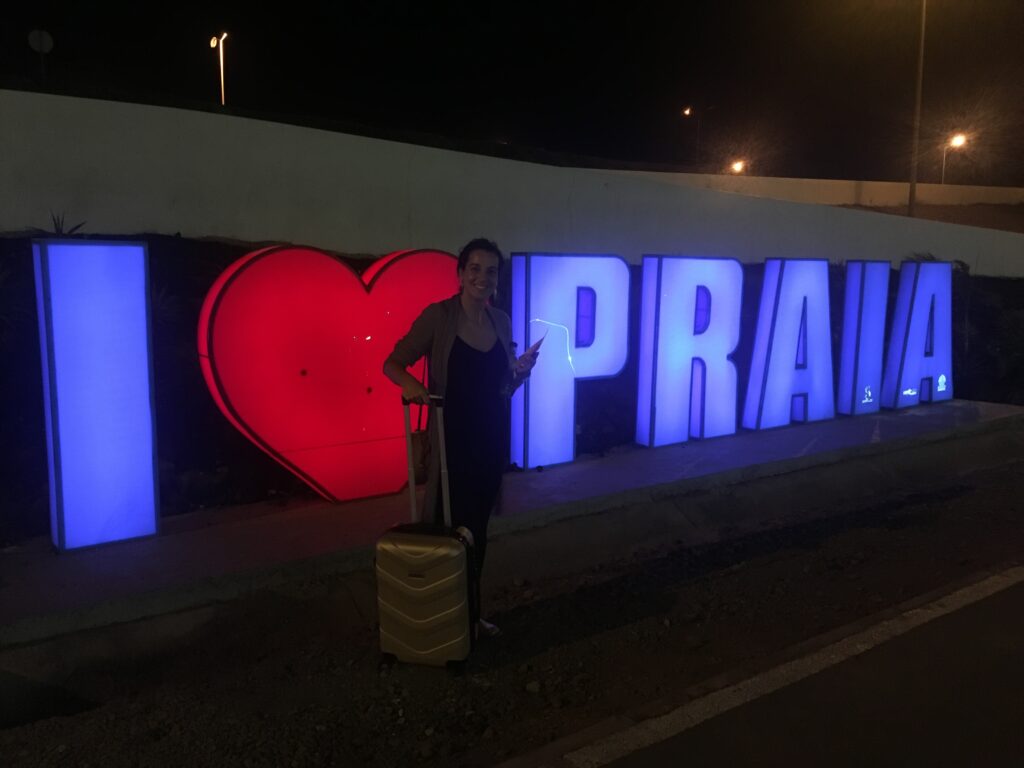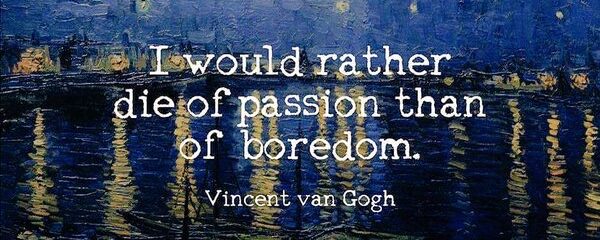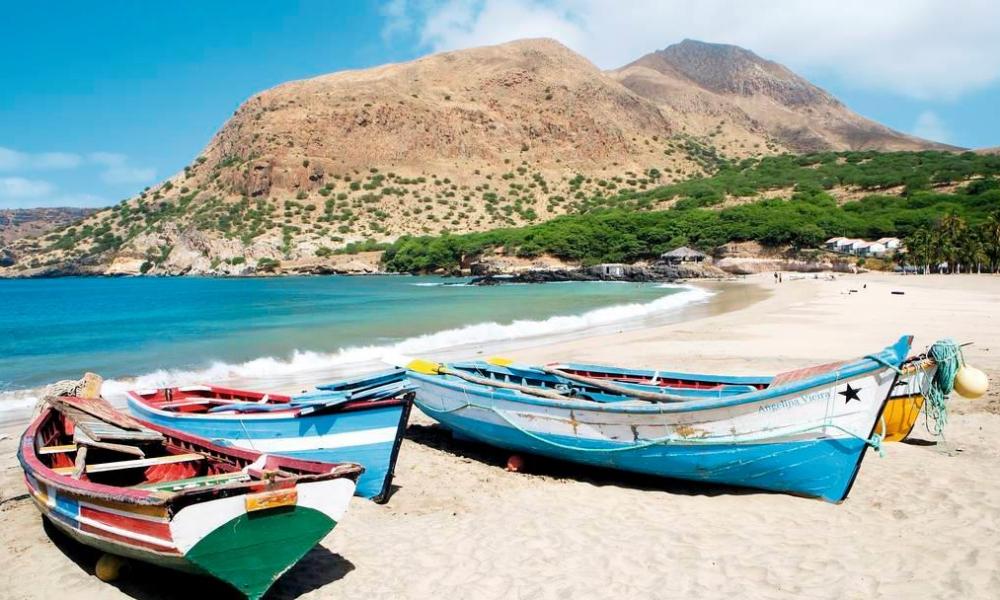There is no better mirror than a best friend. Cape Verde Proverb
We must give more in order to get more. It is the generous giving of ourselfs that produces the generous harvest. Orison Marden
God will never give you anything you can´t handle. So don´t stress.
Cape Verde or Cabo Verde is an island country in the central Atlantic Ocean. The ten volcanic islands in its archipelago have a combined land area of about 4,033 square kilometres (1,557 sq mi). The islands lie about 600 to 850 kilometres (320 to 460 nautical miles) west of Cap-Vert which gave its name to the islands. On this cape – the westernmost point of continental Africa – lies Dakar, the capital of Senegal. Cape Verde forms part of the Macaronesia ecoregion, along with the Azores, Canary Islands, Madeira, and the Savage Isles. The archipelago remained uninhabited until the 15th century, when Portuguese explorers discovered and colonized the islands, establishing the first European settlement in the tropics. Ideally located for a role in the Atlantic slave-trade, the islands grew prosperous throughout the 16th and 17th centuries, attracting merchants, privateers, and pirates. The suppression of the Atlantic slave-trade in the 19th century led to economic decline and emigration. Cape Verde gradually recovered as an important commercial center and stopover for shipping routes. Incorporated as an overseas department of Portugal in 1951, the islands continued to campaign for independence, which they achieved in 1975. Since the early 1990s Cape Verde has operated as a stable representative democracy, and remains one of the most developed and democratic countries in Africa. Lacking natural resources, its developing economy is mostly service-oriented, with a growing focus on tourism and foreign investment. Its population of around 550,000 (as of mid 2019) is mostly of mixed African and European heritage, and predominantly Roman Catholic, reflecting the legacy of Portuguese rule. A sizeable diaspora community exists across the world, considerably outnumbering inhabitants on the islands. Cape Verde is a member state of the African Union.
Ilha de Santiago
Santiago is the largest island of Cape Verde, its most important agricultural centre and home to half the nation’s population. Part of the Sotavento Islands, it lies between the islands of Maio (26 km (16 mi) to the east) and Fogo (55 kilometres (34 miles) to the west). It was the first of the islands to be settled: the town of Ribeira Grande (now Cidade Velha) was founded in 1462. Santiago is home to the nation’s capital city of Praia.
Cidade Velha
Cidade Velha was founded in 1462, it is the oldest settlement in Cape Verde and its former capital. Located off Africa’s northwest coast, this town was the first European colonial settlement in the tropics. Some of the meticulously planned original design of the site is still intact, including a royal fortress, two churches and a 16th-century town square.
Praia
Praia is the capital and largest city of Cape Verde. Located on the southern coast of Santiago island, within the Sotavento Islands group, the city is the seat of the Praia Municipality. Praia is the economic, political, and cultural center of Cabo Verde.

Somada
Tarrafal
The origin of the name Tarrafal is the indigenous plant tarrafe, The settlement was mentioned in the 1747 map by Jacques-Nicolas Bellin as “Terrafal”. The concentration camp Tarrafal (also known as Campo da Morte Lenta in Portuguese [“Camp of the Slow Death”]was established by the Portuguese dictator António de Oliveira Salazar following the outbreak of the Spanish Civil War in 1936. It housed opponents to Portugal’s right-wing authoritarian regime. Due to the harsh conditions, at least 32 political prisoners died in the camp.





























































